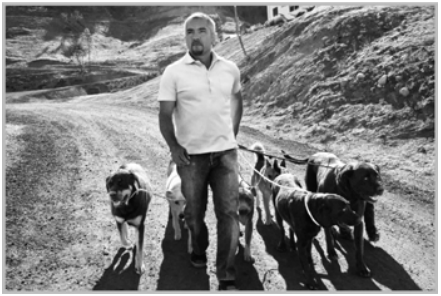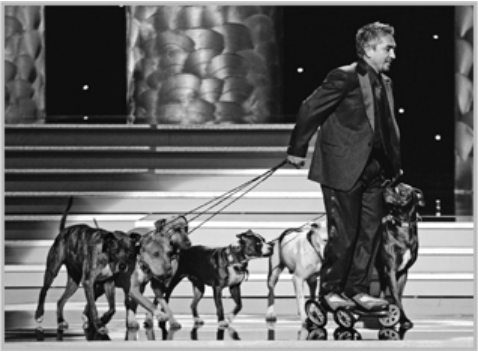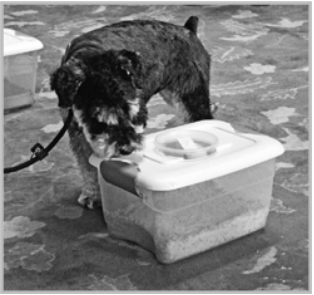 |
| Cesar favorite Rin Tin Tin |
The television set was an old black-and-white Zenith made of plastic that was supposed to look like wood. When you walked into our Mazatlán apartment, you could hear it before you could see it as you walked down a narrow hallway into the living room with a floor of large black-and-white tiles and a couch against one wall. My mother loved to watch her telenovelas—the daily soap operas that were so popular in Mexico. My sister loved the program Maya, which was about an elephant. But me? I had only two favorites: Lassie and Rin Tin Tin.









